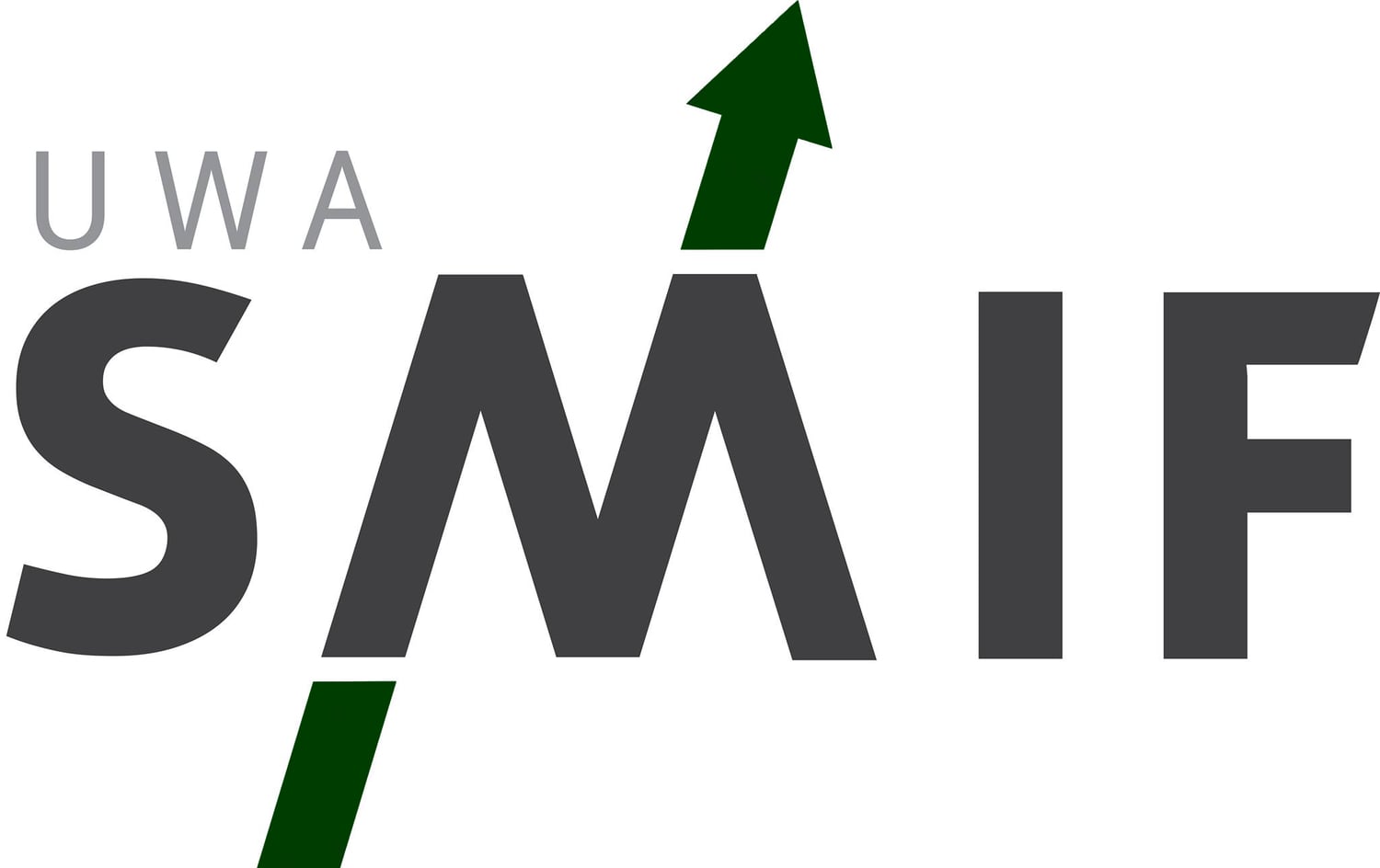This month, March 2018, the RBA decided to leave the cash rate unchanged at 1.50%, continuing the streak of a record low cash rate set in August 2016. This was largely in line with market expectations, with surveys showing only 6.1% of brokers expected a change.
Low interest rates would, of course, appear to be in order, with wage growth at record low rates, making the outlook for household consumption uncertain. Despite slowing in the housing market over east, debt levels continue to rise, and market volatility has increased since last year.
However, in the RBA’s press release, Dr Phillip Lowe also notes several positive characteristics of the global and domestic economy. Growth in international trade, particularly in the Asia-Pacific region has supported growth rates in surrounding Asian economies, with China continuing to grow solidly. Globally, inflation has remained low, but may soon be due to increase with rising commodity prices and tightening labour markets. Domestically, Australian growth rates are forecasted to increase over 2018, fuelled by business and government investment, while employment has also grown over the past year. Conversely, inflation has remained low, but the RBA forecasts that this will also enter the target range (2-3%) in the year of 2018.

